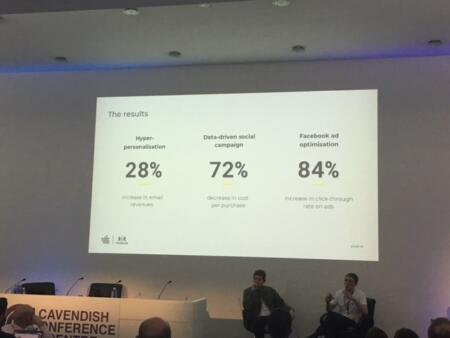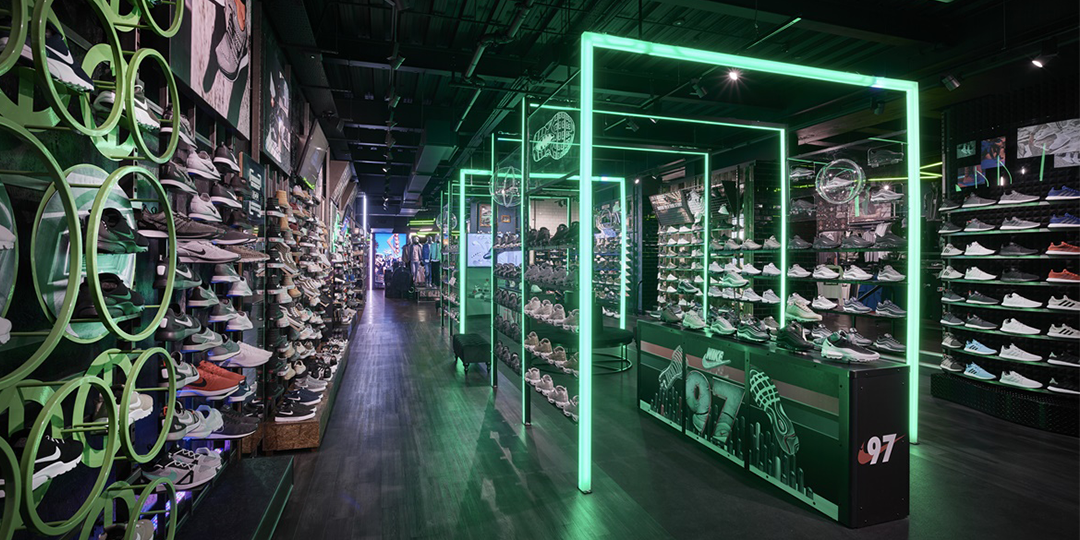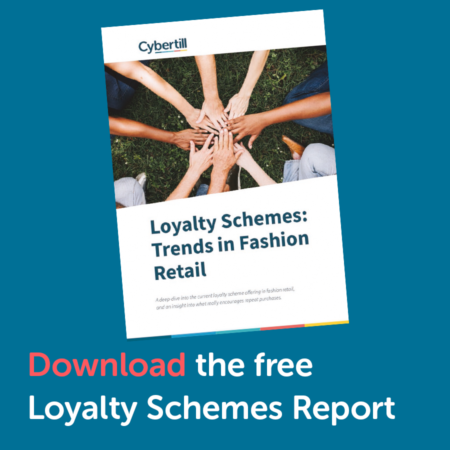Data and analytics. Two words that can either strike excitement or dread in a person. But in this tech-driven world and especially when looking at retail technology and successful omnichannel retailing, data and analytics should be the DNA of any retail business. Essential for growth, understanding and retail strategy.
At Omnichannel Futures there was a talk between enterprise company Peak and footwear retailer Footasylum about how AI helped Footasylum to drive omnichannel.
Prior to using AI, Footasylum were interested in personalisation and the omnichannel-ness that should exist in a retail organisation. Footasylum wanted to have a seamless omnichannel experience for its customers by finding a way to bring web and stores together where the momentum of one would help the other. Footasylum’s target market is those oh-so-tricky Millennials and Gen Z, 18-24-year olds. In a world where seemingly attention spans are decreasing, it’s important to have their attention. And as Tom Summerfield from Footasylum explained;
“With this market, if you don’t have their attention, you probably aren’t showing them the right things.”

This is where data and analytics can be used to drive decisions and market to customers in a much more personalised way. No longer is it enough to just have the first name of a customer in an email, this generation wants more personalisation. By using retail data, Footasylum was able to create hyper-personalisation for its target market, which saw a 28% increase in email revenues. Their data-driven social media campaigns saw a whopping 72% decrease in cost per purchase, and for their Facebook and optimisation, they have seen an 84% increase in click-through rate on ads. Footasylum is now able to use data to send less, but better marketing to customers, and its proven to be very powerful.
Last year Footasylum launched their UNLCKD loyalty scheme that gave them one single customer view, but “it’s not just another loyalty scheme”. It’s an engaging proposition for the 18-24-year-old market, acting as a cashback scheme; the more customers spend, the higher the value of vouchers they receive to spend at Footasylum. The results of which have seen a lot of crossover of consumers spending in-store and using vouchers online which, as Tom puts, is “the definition of omnichannel.”
“It’s the art of answering the customer’s questions before they ask them”
The benefit of retailers partnering with a tech company to deliver a truly omnichannel strategy is that retailers don’t have to have a huge development team, companies like Peak offer invisible tech, and so proves quite light on resources on the retailer’s side.
So, what do Footasylum think the next big step is going to be? They want to use machine learning to offer one-to-one personalisation to millions of customers, optimising conversion and talking to them in a way they actually want to be spoken to.
Perfect customer loyalty
Cybertill’s retail trends report reveals a deep-dive into the current loyalty scheme offering in fashion and an insight into what really encourages repeat purchases in customers. Loyalty Schemes: Trends in Fashion retail

Rachel is passionate about retail and the ever-changing retail technology environment, with a keen eye for upcoming retail trends that are set to shake up the sector.


